This is my first blog for the Museum, and I intend for this to be a message of hope against the backdrop of a period of heightened pain and anxiety in our country.
I believe wholeheartedly in our team, our mission, and the fact that both are up to tackling even the toughest of society’s problems. I will do my best to explain our team’s posture and approach in a way that represents our view that we can simultaneously be clear-eyed and honest about the flaws in our communities and also be positive and optimistic about our collective future.
So, in this post, I will put our mission up against this moment in our nation’s history. If it stands up (and I believe it does), I want to show that our beloved Museum – and cultural institutions like us – can be a powerful tool to build the prosperous, peaceful, and vibrant communities to which we all aspire.
The starting point for our team is always service, empathy and love. To begin a conversation about how our Museum addresses the challenges of the moment, it is important to me to go first:
I love and respect the Black and Brown men and women on our team, and I cannot imagine our team without them. I am humbled and grateful for the Black and Brown leaders in my life who shaped me as a leader.
Speaking more broadly to our community, I want our Black and Brown neighbors, colleagues, and friends who are reading this in Newport News, Hampton Roads, and elsewhere, to know that The Mariners’ Museum is YOUR museum. We are committed to telling YOUR stories. We care about you, and our communities are better everywhere when Black and Brown lives flourish.
One final thought before beginning: It is impossible NOT to see the evil in the world today. The question is, are we going to be overcome by that evil, or are we going to overcome that evil with good? Let’s get started…
THE MISSION
Many readers of this blog will know that in the summer of 2016, our team at The Mariners’ Museum and Park committed to a new Mission statement:
The Mariners’ Museum and Park connects people to the world’s waters, because through the waters – through our shared maritime heritage – we are connected to one another.
We chose these particular words to guide our work for two main reasons:
1. The Museum Charter: Our original 1930 Charter established a museum and a library, within a park, that preserves and promotes maritime heritage “to promote the public welfare.” This last phrase – “to promote the public welfare” – reminds us that we don’t get to simply “play museum” when we go to work. Our charter compels our team to do good in the world.
2. Social Capital: Today, we interpret our charge to “promote the public welfare” as building social capital in our local, national, and global communities. Most definitions of “social capital” capture a few key elements: the degree to which individuals identify as a part of a larger community; the level of trust between people within that community; and the frequency and quality of social exchange between people within that community. A growing body of literature finds that the higher the level of social capital in a community, the more resilient that entire community is and the greater potential for economic growth that community possesses. Those are pretty good components of “public welfare,” too.
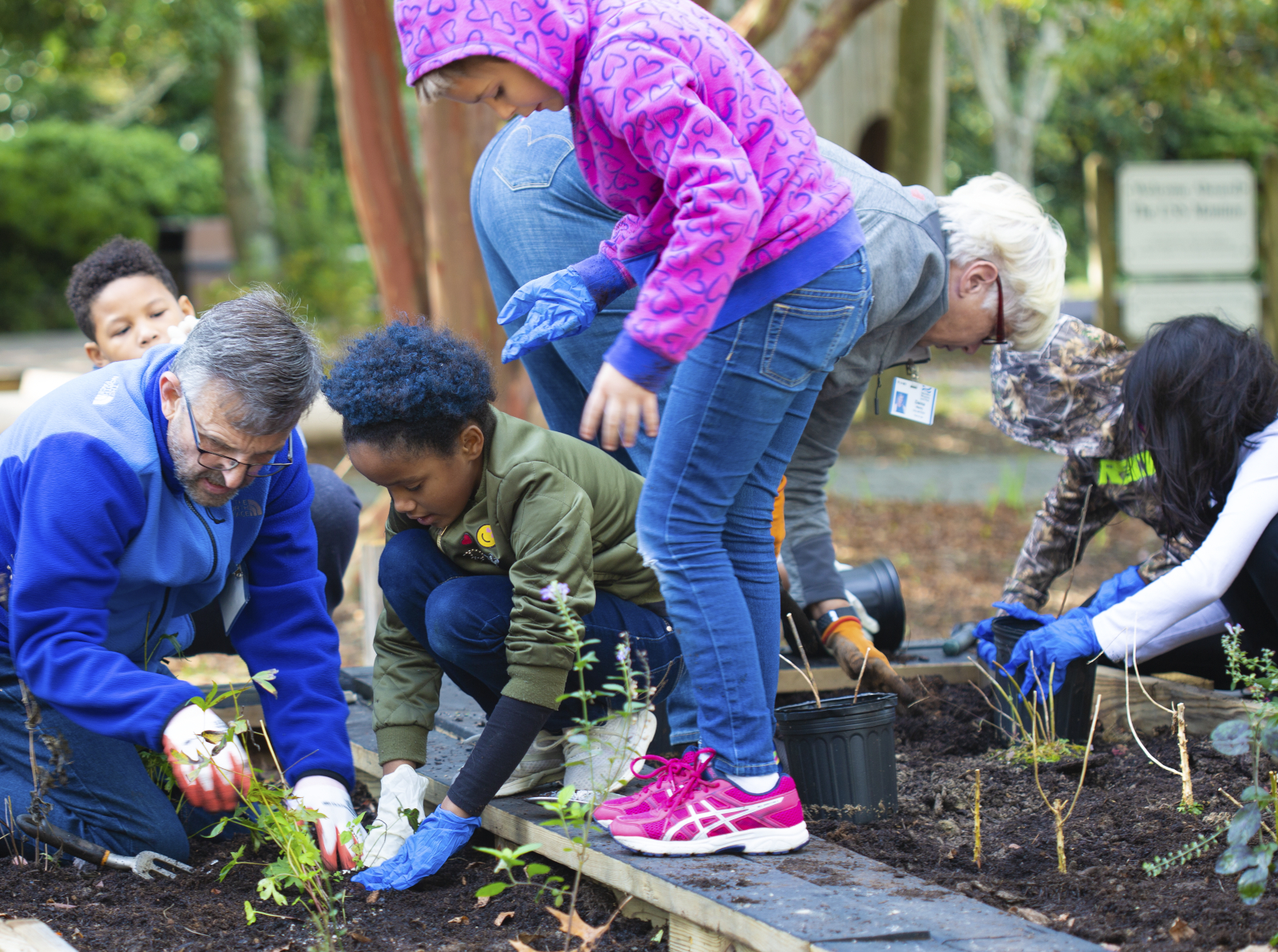
Now that you have this baseline understanding of our compelling mission and a little bit of the intellectual framework behind it, I am anxious to show how we actually apply it. So, let’s take up the urgency of the news today. Virtually the entire country watched, in horror, the video of a Minneapolis police officer killing George Floyd a month ago. Our team, using our mission as a guide, has already begun to respond to this moment in history with empathy, and with an approach that we learned four years ago and have practiced ever since.
THE APPROACH
During one week in July 2016, police officers killed two African American men on two consecutive days, in two different states: Alton Sterling in Louisiana, and Philando Castile in Minnesota. Later that week, an African American veteran killed five police officers in Dallas. Nationwide protests and demonstrations followed, including demonstrations right here in Hampton Roads, VA. I remember thinking that our team had just adopted this new mission statement about how the water binds us together as a community, and here’s this moment in time when that community felt really fractured.
I was still an interim president that summer, living in Newport News during the week and returning home to my family in Charlottesville over the weekend. I called my wife that Friday afternoon and explained that I was going to stay in Newport News over the weekend to attend Ivy Baptist Church (one of the largest African American Baptist Churches in the southeast community of Newport News) on Sunday. I figured the least I could do was to be present.
I showed up without telling the senior pastor, my friend (and now a Trustee of The Mariners’ Museum and Park) Kevin Swann, that I was coming. Little did I know that Pastor Swann had invited the Newport News Chief of Police to participate in a town hall at the start of the service. When I – a bald White man – walked into the sanctuary unannounced, everyone thought I was a police officer! The ushers promptly walked me to the front of the sanctuary to sit next to the Chief.
After a powerful dialogue with the Chief, Pastor Swann took to the pulpit to begin the worship service. He saw me sitting there in the front row and said, “Before I begin, I just want to acknowledge that Howard Hoege from The Mariners’ Museum is here. It’s good to have friends in the community in times like these.” He was talking about the Museum.
Following the service, several people thanked me for being there. An exchange with one woman stuck out, though, and helped me realize that many in our community couldn’t afford the $14 per person that we were charging to enter our Museum. Our mission sounded great, but a barrier to entry in the form of an admission price was excluding many in the southeast community, and no doubt many others. Access was a key problem for us to solve.
As a team, we decided to act. Specifically, we decided to go first – to serve. We dropped our price of admission for the entire month of August 2016 to $1 per person as a reminder that through the water, through our shared maritime heritage, we are ONE City, ONE Region, ONE Nation, ONE World – One Dollar. That month, we went from an August average of 5,500 visitors in our galleries to over 39,000 visitors, thousands of whom were African Americans visiting our Museum for the first time. Our staff poured into the galleries, meeting people where they were, and telling a more complete version of history than our exhibits could tell on their own.
That fundamental step – to go first, to serve first – led to several additional steps and substantial change to improve access in the intervening years:
- By pursuing corporate sponsorships and private philanthropy, we were able to offer free educational enrichment programs to several Title I schools in our region. Our corporate partners provide a free student membership to every student who participates as a way to encourage their ownership of our communities’ history. This past school year, we were also able to pay for the transportation costs for thousands of students to get to the Museum and participate in those programs.
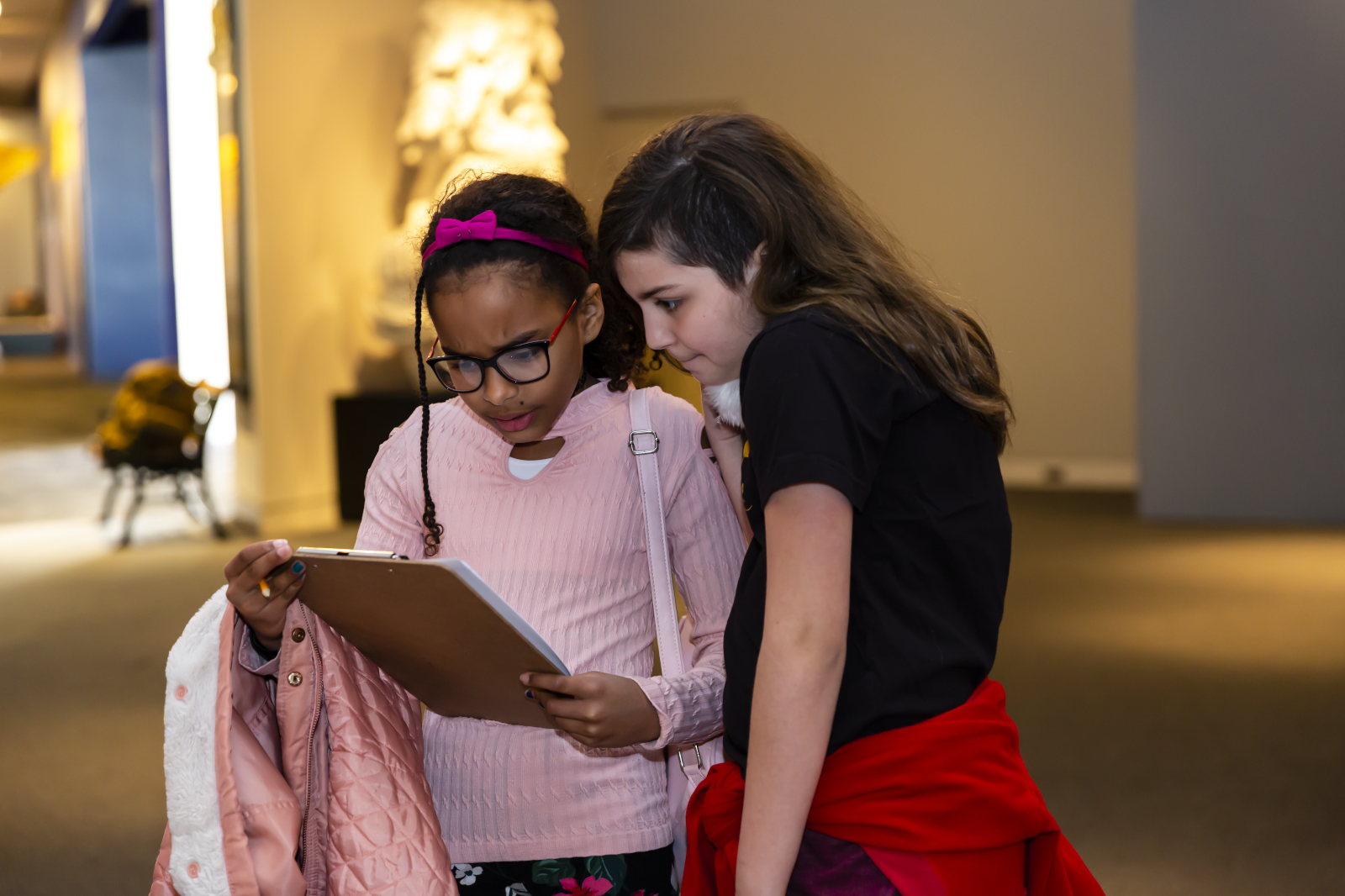
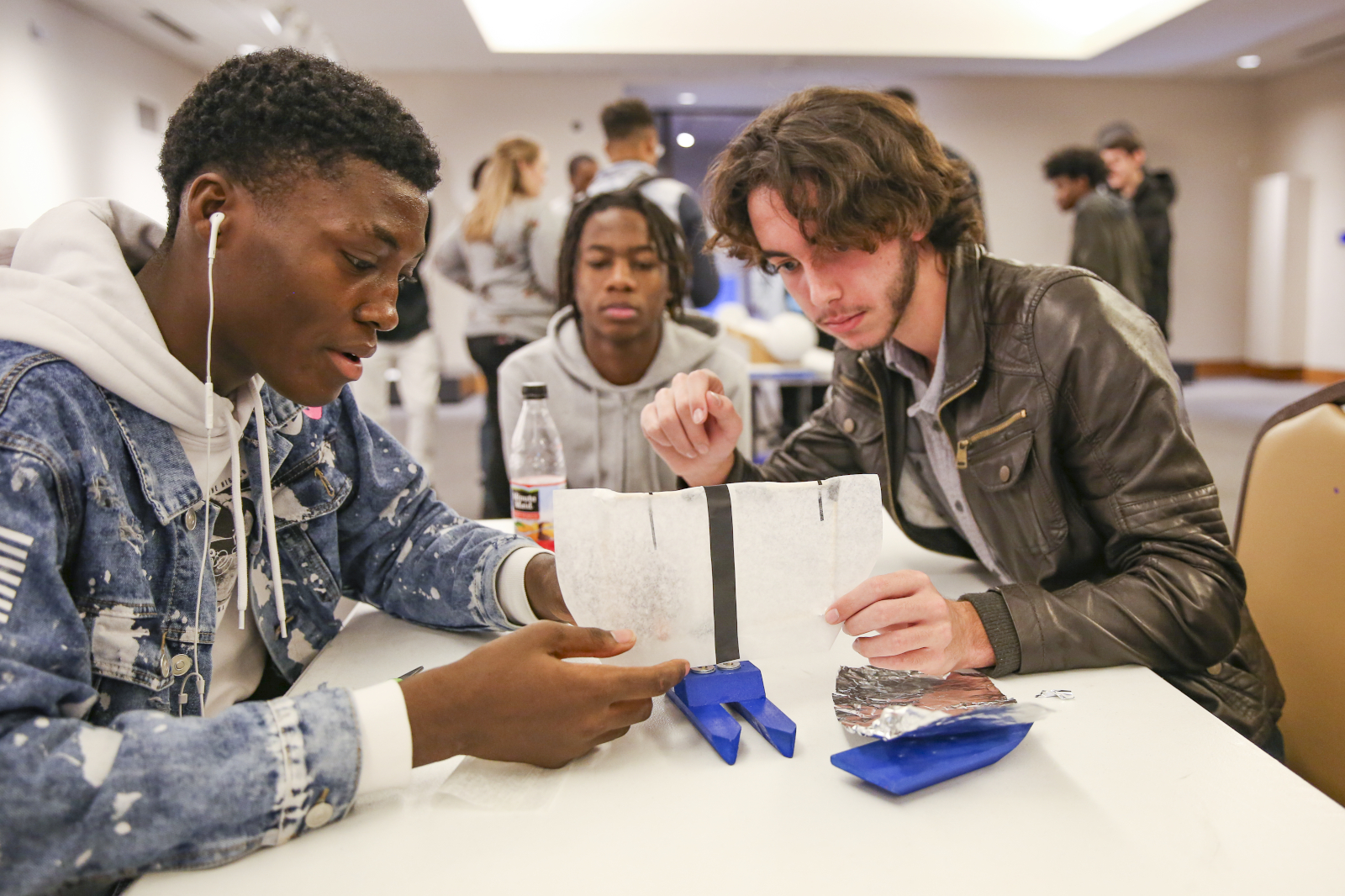
- On the second Sunday of each month, we now open early for “Friendly Hours,” which is included with $1 admission. Friendly Hours is an inclusive time where guests with mobility, cognitive, or physical challenges can experience the Museum in a less crowded environment with reduced sound and lighting.
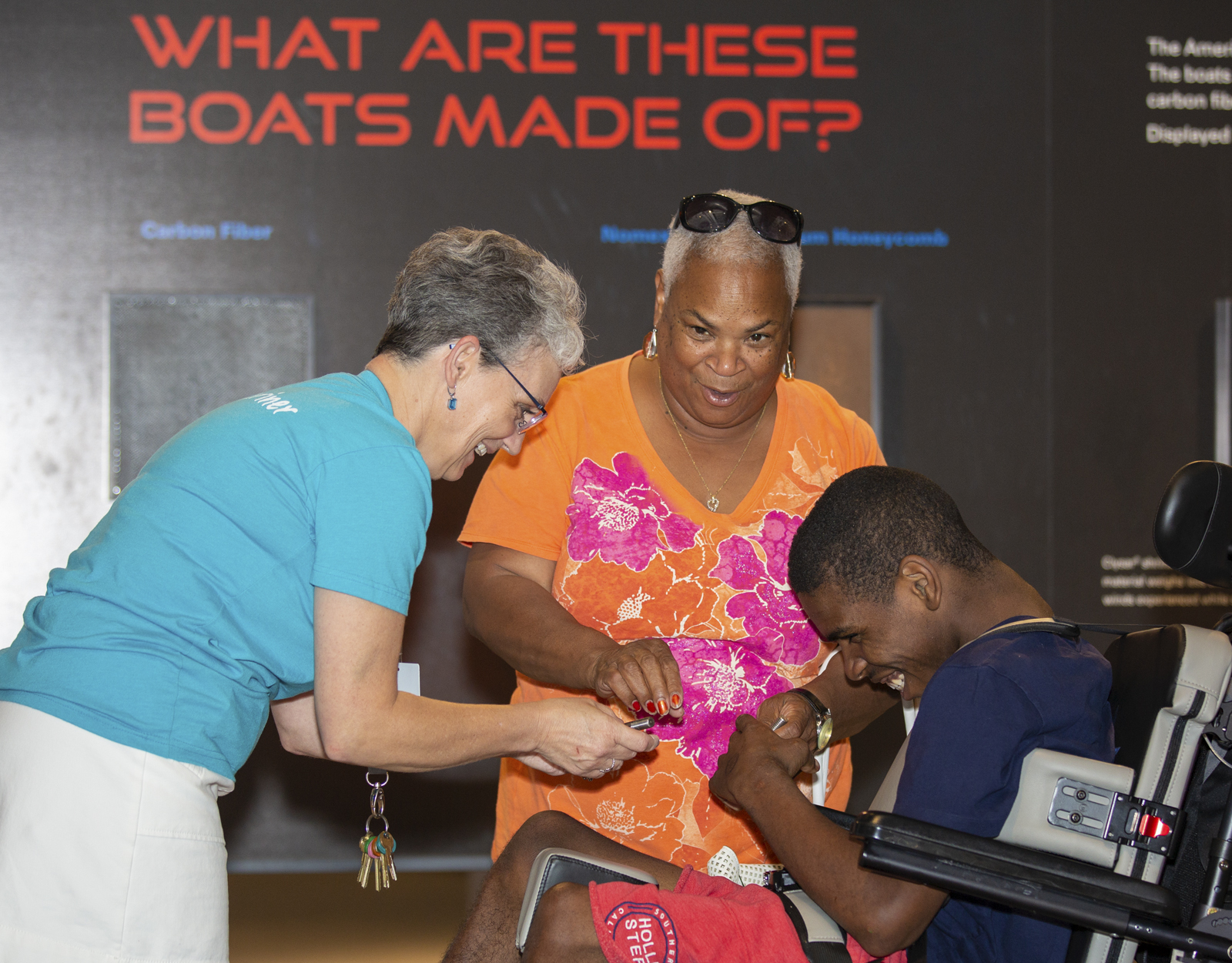
- We developed and now regularly deliver programming that describes the African and African American Maritime Experience, with the goal of more completely acknowledging the contributions of all who have played a role in shaping our shared maritime heritage.
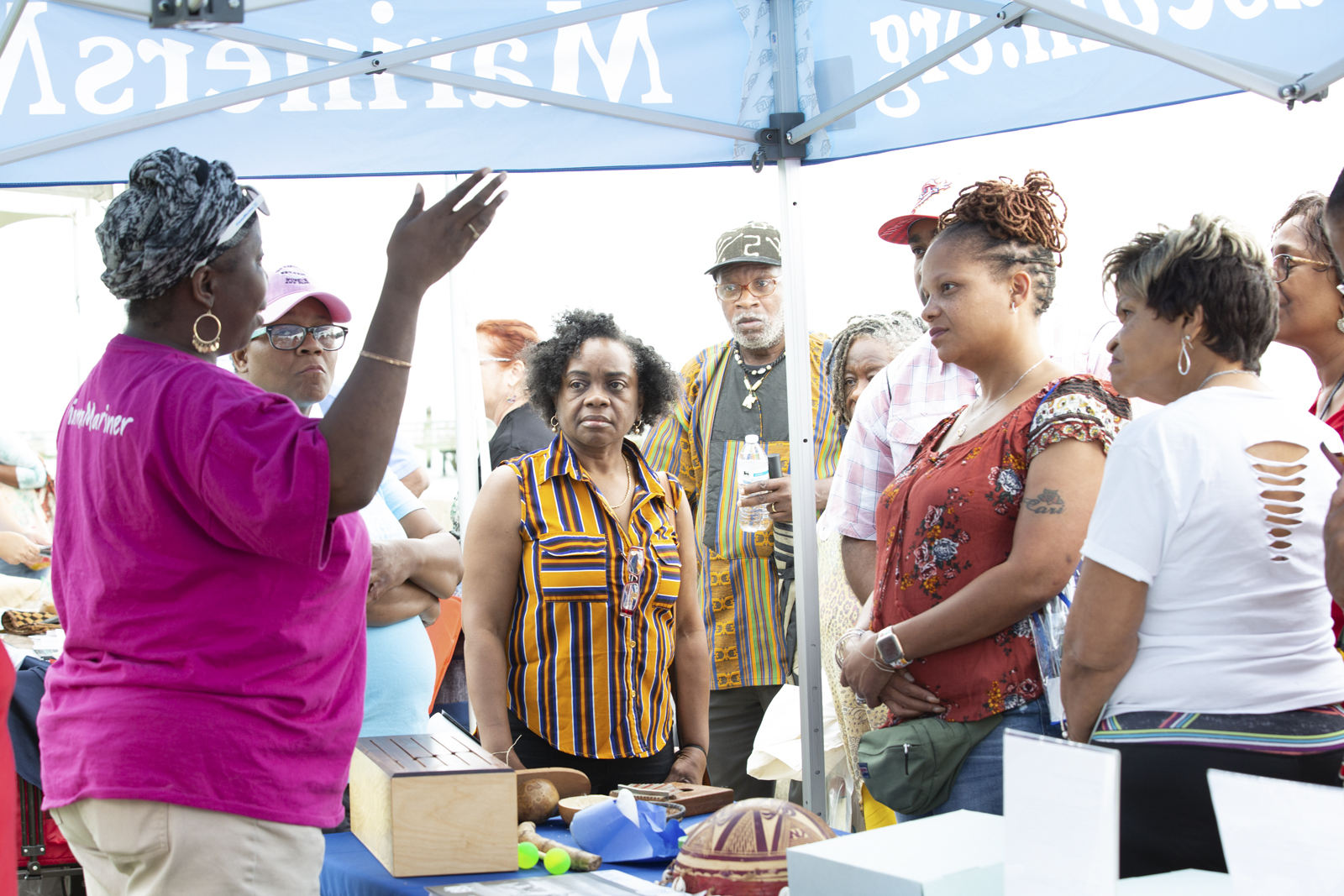
THE APPROACH – NOW
Now, in June, 2020, our posture and approach – and most certainly, our mission – remain exactly the same. In the wake of George Floyd’s death and others who preceded him, our empathy first turned inward. Our team began an open, internal dialogue about our own, individual experiences with fear, anger, and distrust caused by injustices in the world. We could see on one another the scars of the very fractures that we were hoping to mend in our community. As has become our habit over the past four years, we then turned outward and started to identify the things we could do immediately to serve our community. We quickly zeroed in on the inconsistent message that we were sending to the African American community, in particular, between the mission we adopted to serve and empower on the one hand, and the monument the Museum established by creating a lake in honor of Matthew Fontaine Maury on the other. Recognizing the potential harm in that inconsistency, our Board of Trustees voted on June 19th to begin the formal process of changing the name of Lake Maury to “The Mariners’ Lake”.
The Mariners’ Museum created our lake in the early 1930s by building the Lions Bridge to dam Water’s Creek. The Museum’s first trustees named the new lake in honor of Matthew Fontaine Maury and his significant contributions to oceanography that made him known as “The Pathfinder of the Seas.” Maury made those contributions as an officer in the US Navy in the early 1800s, but at the outset of the Civil War, Maury resigned his commission and joined the Confederate Navy. Before the war, he explored the idea of and advocated for establishing colonies in Brazil and Central America where Southern slave owners could relocate or expand their operations. Following the Civil War, Maury served the Emperor of Mexico as the Imperial Commissioner of Colonization. Regardless of the original trustees’ intentions in the lake’s name, preserving his name on a lake inadvertently makes an implicit value statement that we, today, honor and value all of Maury’s work and beliefs, which we do not.
To take it one step further, our team is actively planning to put kayaks and canoes back on our lake. As we discussed changing the name to The Mariners’ Lake, I kept running a scenario in my mind: members of our education team are leading a science program for local 5th graders who are all in boats on the water. Imagine one of those 5th grade students is an African American boy exhilarated by his experience on the water. What happens when that child asks, “Who is Lake Maury named after?” With one simple question, that young child’s meaningful and experiential access to science and education is completely flipped into – at best – a shocking and confusing emotional moment that steals a piece of the innocence of a child discovering the world around him. Matthew Fontaine Maury’s story is completely out of context for both the lake and how our visitors – not just this one child – will experience it.
So, we are changing the name to better reflect both our mission and our community. We still tell the story of Maury’s role in history within our galleries and I suspect that we will continue to tell it. Our galleries are the appropriate place to do so. But we want our Park and Lake to serve its original purpose, perhaps explained best in a 1932 letter found in the Museum’s archives:
“One of the splendid things this wonderful park can accomplish is to change public sentiment towards the good, the elevating, the proper spirit.”
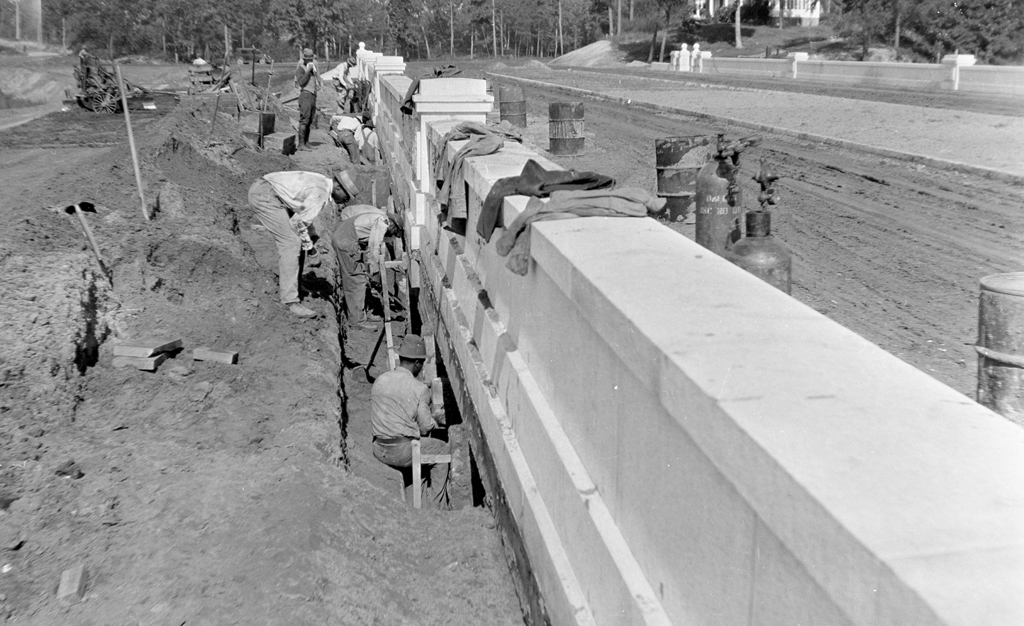
We have already stepped up our efforts to reveal this nation’s hidden history, an effort that is and will increasingly become the core of who we are. Those efforts begin with our own institution’s hidden history. I included these photos as a visual reminder that the literal foundation for the Lions Bridge dam that created The Mariners’ Lake and the foundation for our Museum buildings were laid by skilled African American hands. Those same hands erected the Museum buildings, and we are determined to name those men and women and to properly recognize their role in making our beloved Museum the special place that it is.
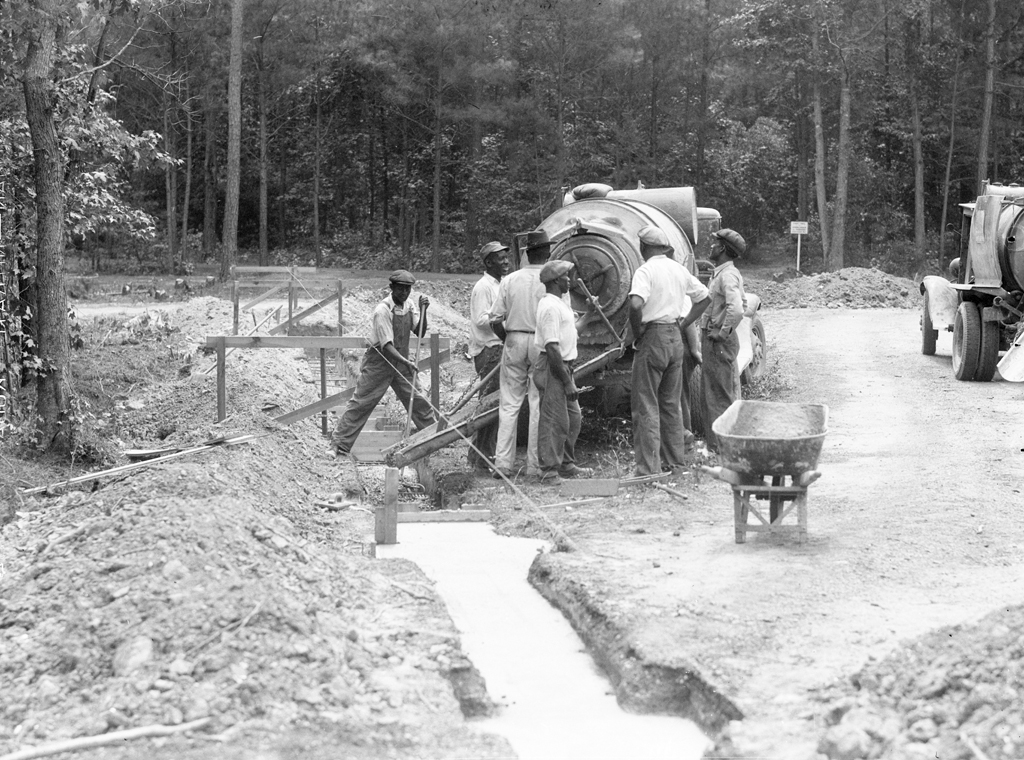
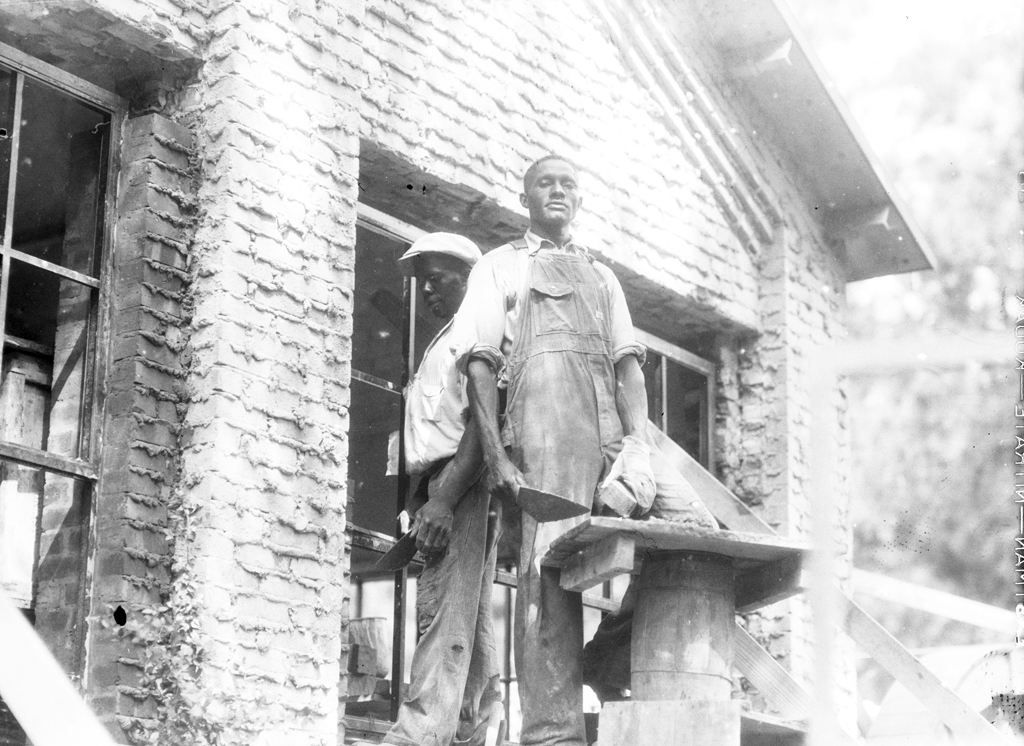
OUR COMMITMENT GOING FORWARD
We are not perfect at this work. While we have established baseline access for many in our community, we are not yet reaching everyone. We do not yet know if we are actually building social capital in our communities, but we are at the beginning stages of working with the Center for Educational Partnerships at Old Dominion University and others to figure out how we can measure whether or not we are actually having the desired impact our mission suggests we can have.
While we are not perfect, we are totally committed to this mission. Our steps over the last four years and our actions in the last month are all intended to awaken in every corner of our communities a sense of a shared maritime heritage that transcends race, ethnicity, gender, age, socioeconomics, and all of the ways in which we sometimes feel different from one another. If we can do that, we just might grow a little social capital and turn the tide of even those most intractable problems our communities face.
Does all this sound a little too lofty? Maybe a little beyond the “scope” of a museum? Our founder, Archer Huntington, who established The Mariners’ Museum to “promote the public welfare,” provided the beginning of an answer in the early 1930s:
On the whole, I think it is bad for the spirit to bother about what other museums have done, in view of the fact that we do not ever wish to do the same. If the Mariners’ Museum has no new line of work and no new Museum principles to prove, it is a waste of time and energy.
We are determined to make good on Huntington’s charge to us. Circling back to the beginning: we believe that the resilience and potential for economic growth in our communities depend on the social capital that derives, in part, from a sense of a shared history across our communities. For all people to identify with and value our history, our history must identify and value all people. I am proud that our team’s posture of service, empathy, and love has led to an approach for our Museum that might actually make our communities stronger.